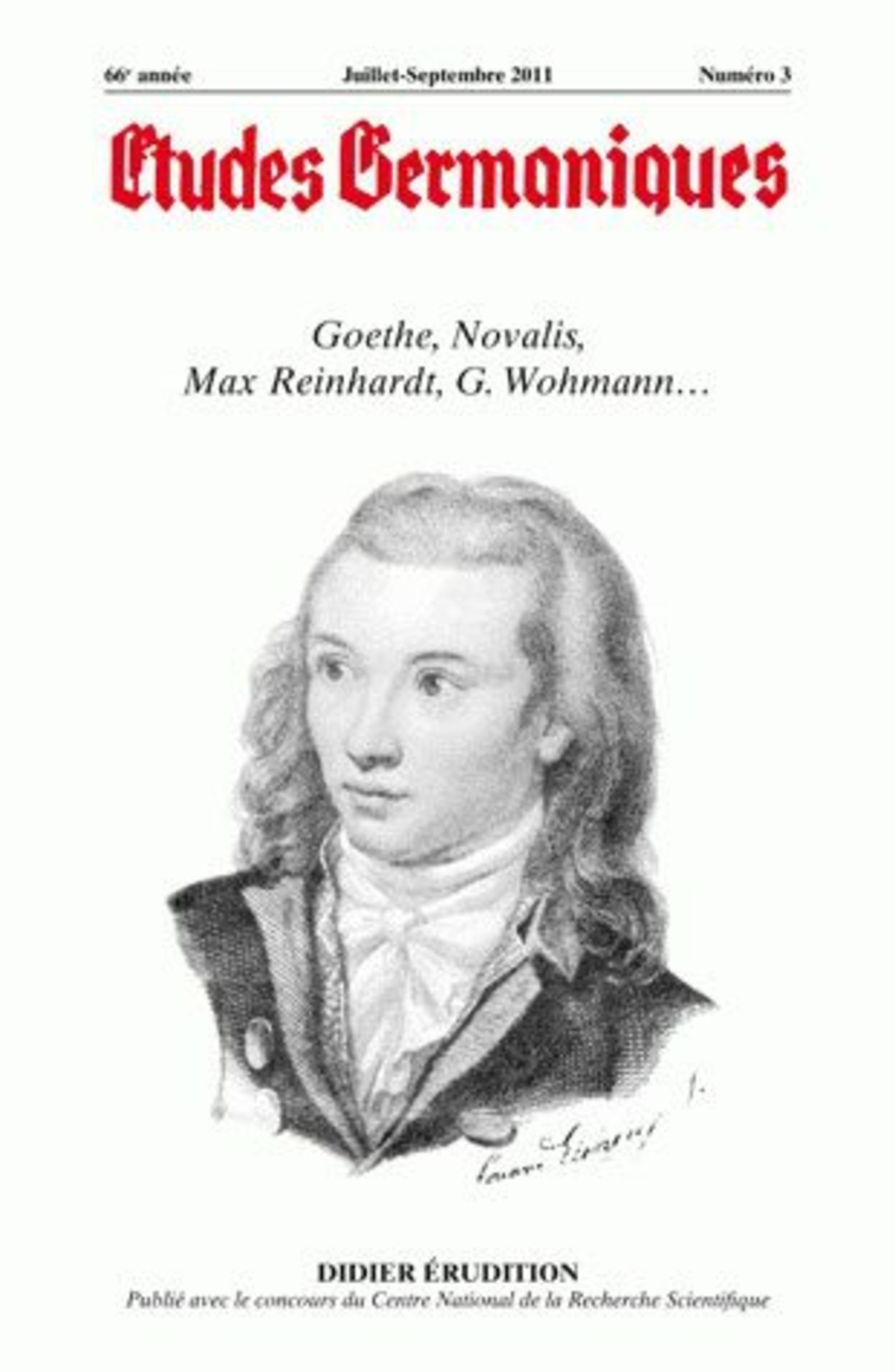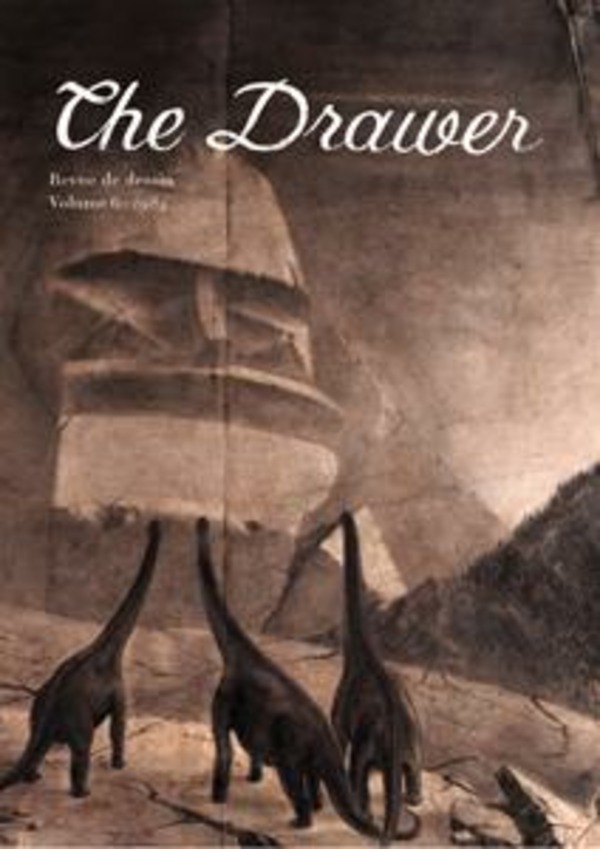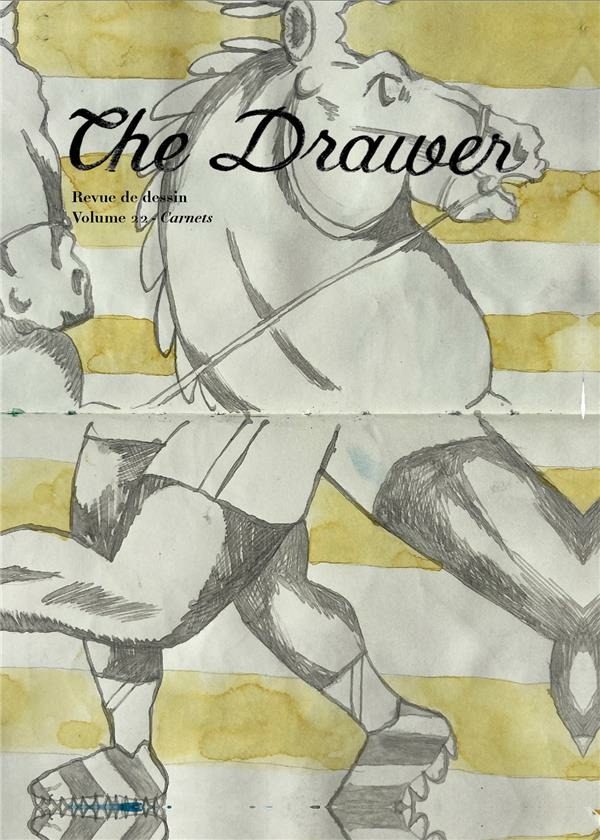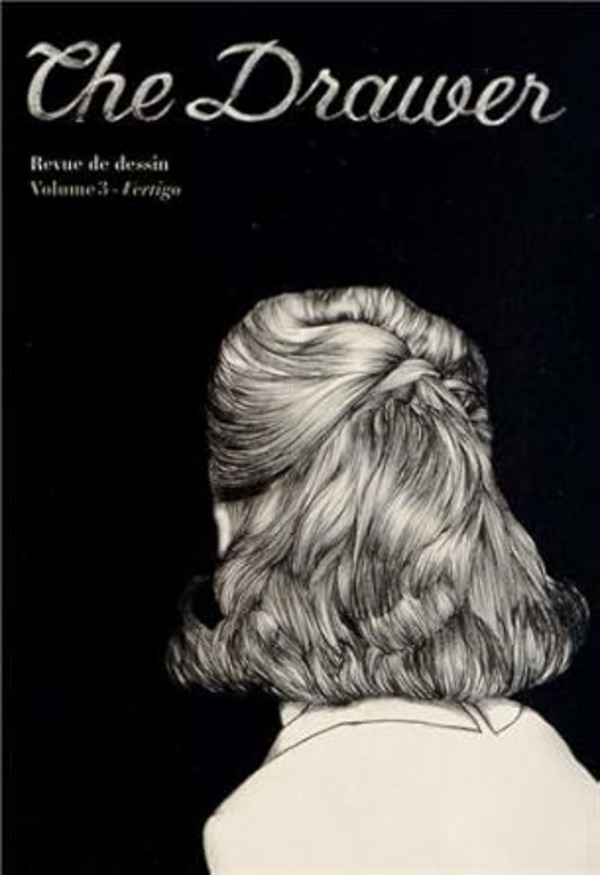Études germaniques - N°3/2011
Gœthe, Novalis, Max Reinhardt, G. Wohmann...

- 176 pages
- Livre broché
- 15 x 23 cm
- Études germaniques
- Parution : 06/10/2011
- CLIL : 3146
- EAN13 : 9782252038079
- Code distributeur : 41184
Présentation
Theo BUCK, Die Einflüsse von Molière, Voltaire und Diderot auf das Werk Goethes
Goethe considered the 17th and 18th century as a "great, strong time" for french litterature. Especially towards the works of Molière, Voltaire and Diderot he showed a longlife, steady interest and admiration of "something exemplary". This becomes clear with the connection of “Misanthrope” and “Torquato Tasso” as well as with Goethe's translations of dramatic writings “Mahomet”, “Tancrède” and the novel “Rameau's Nephew” for exemple. Not least because of his uncommon openness beyond national points of view Goethe has become one of the great ones.
Goethe a apprécié particulièrement le XVIIe et le XVIIIe siècle comme une « période grande et forte » de la littérature française. Durant toute son existence il estimait surtout les œuvres de Molière, de Voltaire et de Diderot, les considérant comme « quelque chose d'exemplaire ». On voit cette affinité étroite en confrontant Le Misanthrope à Tasso et également en examinant de près ses traductions des tragédies de Voltaire (Mahomet, Tancrède) et celle du roman Le Neveu de Rameau de Diderot. C'est surtout grâce à cette ouverture rare pour l'autre culture qu'il est devenu un des grands auteurs de son temps.
Augustin DUMONT, Angoisse et extase de l'image transcendantale dans les Hymnes à la nuit, ou Shakespeare à l'épreuve de Novalis
The purpose of this paper is to back down over Novalis' Hymns to the Night by mobilizing as well the Fichtean base of his conceptuality as the major influence of Shakespeare's Romeo and Juliet. The paper subsequently shows, through a meticulous reading of each hymn, that these poems concern the Novalis' recurring problem of image or appearance. Far from being a solitary praise of invisible, the Hymns to the Night questions the visible about the otherness, as nocturnal bottom of life.
Ziel dieser Arbeit ist es, die Hymnen an die Nacht des Novalis durch die Auseinandersetzung mit den Einflüssen Fichtes und Shakespeares (Romeo und Julia) auf das Schreiben von Novalis noch einmal zu überdenken. Genaues Durchlesen jeder Hymne beweist, dass sich diese Gedichte auf das bei Novalis häufige Problem des Bildes oder des Scheins beziehen. Weit entfernt davon, eine selbstgefällige Verherrlichung von dem Unsichtbaren zu schreiben, lädt Novalis mit den Hymnen dazu ein, dem Sichtbaren Fragen über die Andersartigkeit als nächtlicher Grund des Lebens zu stellen.
Marielle SILHOUETTE, Histoire de la constitution des archives et de la recherche sur Max Reinhardt
This study aims at a step by step outline of how Max Reinhardt's fund got constituted in order to understand how the existing collections were scattered between Austria and the United States. After the director's death in 1943 and a tricky succession, the research was sorted out according to both these great geographical centres and to the historical specifications of a divided postwar Europe, before the opening-up, which happened after the fall of the Berlin Wall.
Nach Max Reinhardts Tod 1943 führte der Streit unter den Erben zur Verstreuung seines Nachlasses und zur Entstehung von vier verschiedenen Archivstellen in Österreich und in den USA. In dieser Untersuchung wird auf die verschiedenen Etappen dieses langwierigen Prozesses eingegangen und der Stand der Forschung seit dem Zweiten Weltkrieg verdeutlicht.
Benoît PIVERT, Gabriele Wohmann et l'acédie. Regard moderne sur un vieux démon
Gabriele Wohmann who was born in 1932 in Darmstadt (Germany) as a pastor's daughter belongs to the few writers in contemporary literature for whom God is still a subject. Paradoxically, G. Wohmann's oeuvre which started out in 1957 is a rather somber work in which existential boredom challenges faith.
An inevitable question occurs when reading G. Wohmann's work : is there not a relationship between the boredom the characters suffer from and acedia, the boredom of the Christian in front of the world that so many authors have depicted since the Middle Ages. In order to answer this question we traced the concept back to the first theological writings about acedia. Then we examined the definition of acedia in modern theology. The affinity between G. Wohmann's work and the writings of modern theologians is obvious. However, G. Wohmann's voice remains unique since it is the only one which proclaims that God does not object suicide.
Gabriele Wohmann, die 1932 als Pfarrerstochter in Darmstadt geboren wurde, zählt zu den wenigen Schriftstellern der Gegen-wartsliteratur, für die Gott ein Thema bleibt. Paradoxerweise ist G. Wohmanns Werk, das 1957 begann, ein eher düsteres Werk, in dem die existenzielle Langeweile dem Glauben trotzt.
Beim Lesen von G. Wohmanns Werk drängt sich die Frage auf, ob die Langeweile, die die Figuren heimsucht, nicht etwa mit der seit dem Mittelalter vielfach beschriebenen Acedia, jener Langeweile des Christen vor der Welt, verwandt ist. Um auf diese Frage zu antworten, wird hier auf die ersten theologischen Schriften zum Begriff Acedia zurückgegriffen. Dann setzt sich der Verfasser des Aufsatzses mit der Definition der Acedia in der modernen Theologie auseinander. Ganz auffallend ist die Verwandtschaft zwischen dem Werk G. Wohmanns und dem moderner Theologen wie Josef Pieper oder Harvey Cox. Dennoch bleibt G. Wohmanns Stimme unüberhörbar, denn als einzige behauptet sie, Gott habe nichts gegen den Selbstmord.
Biographies Contributeurs
Jean-Marie Valentin
Jean-Marie Valentin est titulaire de la Chaire d’Histoire culturelle du monde germanique à l’Institut Universitaire de France. Il dirige la collection Bibliothèque Allemande aux Belles Lettres.




